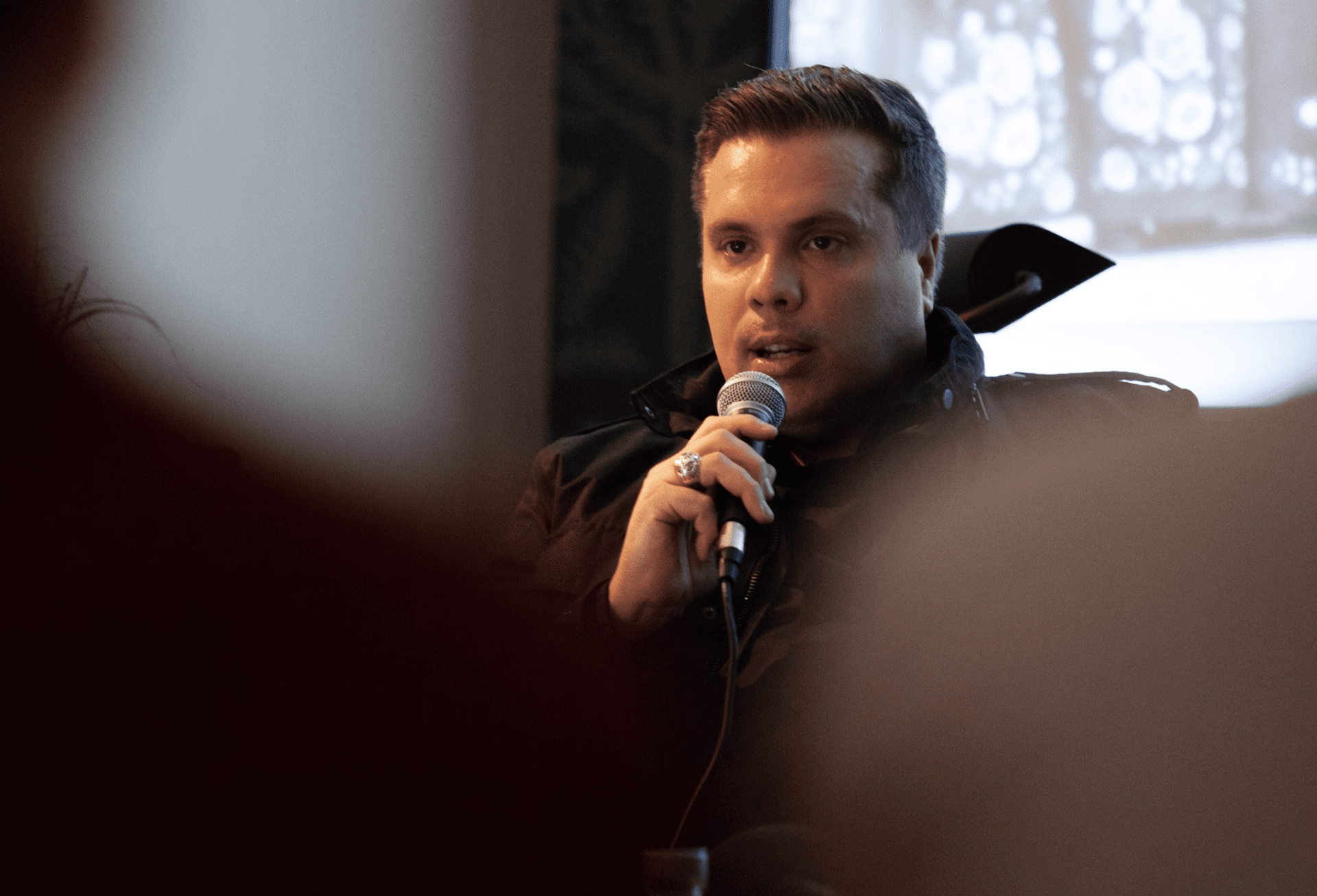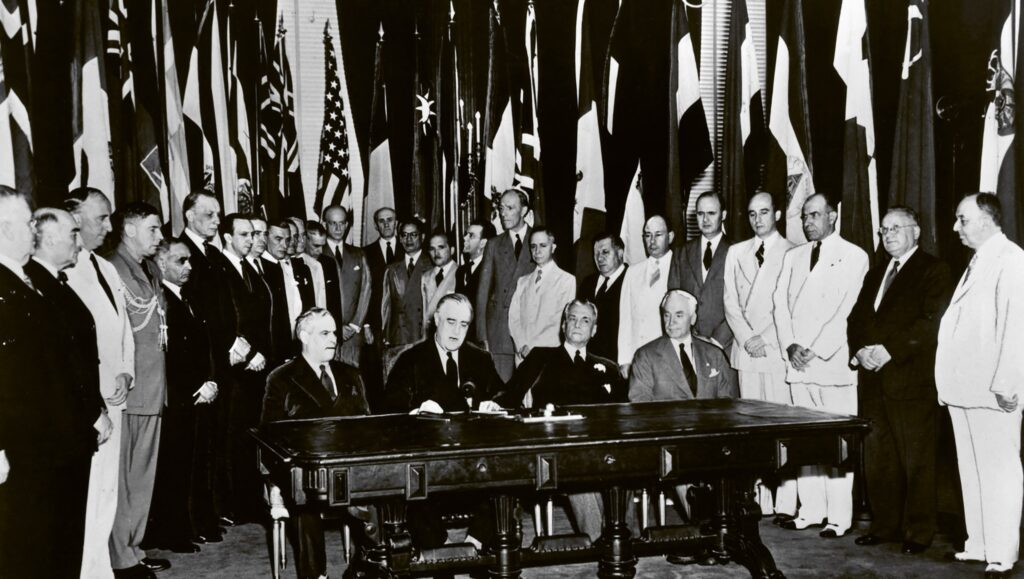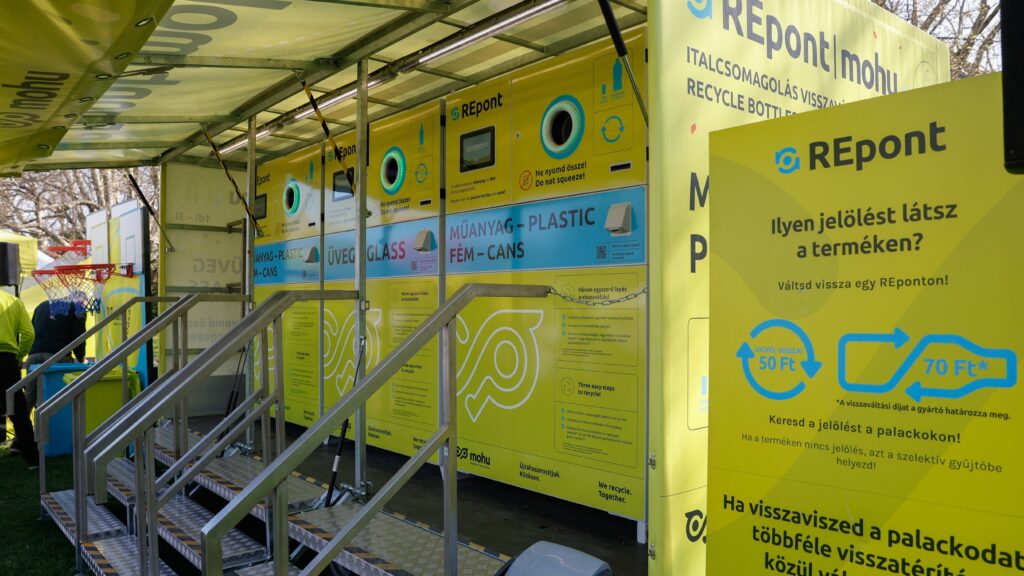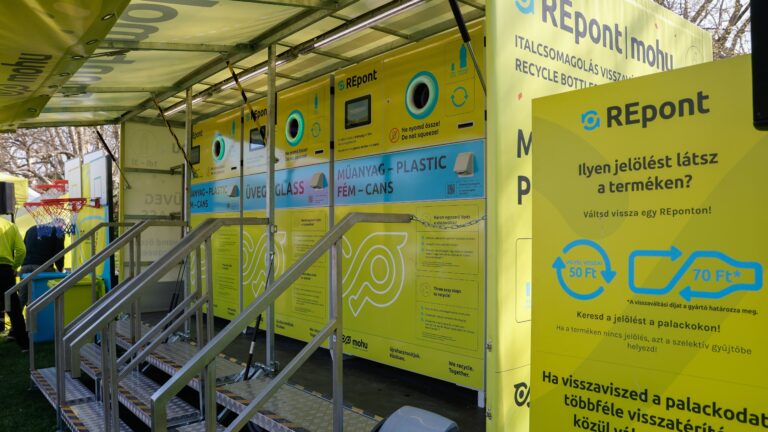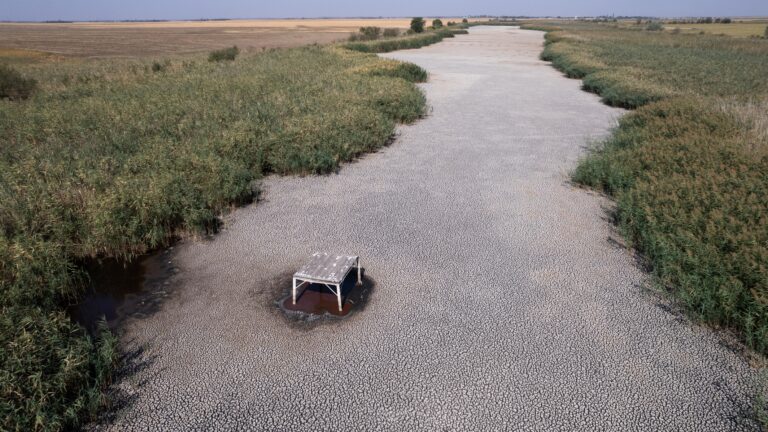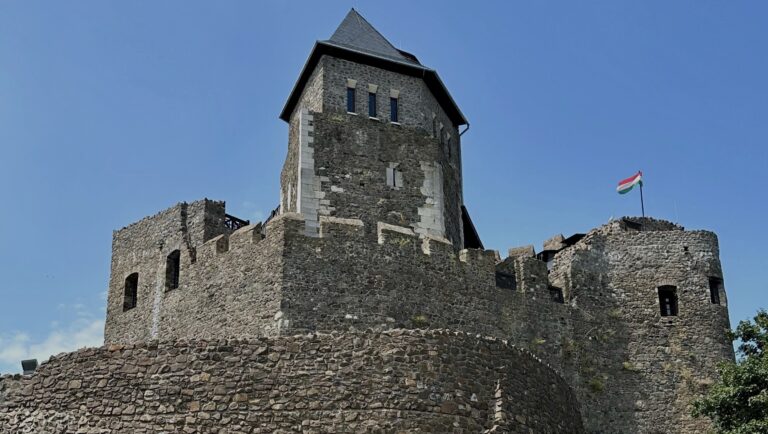Last Friday evening the Scruton V.P. Café in Budapest started to fill up with people who were eager to listen to a discussion between member of the European Parliament György Hölvényi and his guest, composer and folk songs collector, Miklós Both.
The timing of the event was not accidental, as Mr Both was conferred on the European Citizen’s Prize earlier the same day. The European Citizen’s Prize is awarded to projects organised by people or organisations that encourage mutual understanding and closer integration between the peoples in the European Union. Mr Both had been nominated for the prize by the KDNP MEP.
At the start of the discussion, the host introduced his guest and explained what the prize was. He highlighted that Miklós Both had received the prize for his Polyphony Project, which aims to identify, preserve and present the musical folklore that can still be found in Ukrainian villages today. In the digital archive of the Project, as a result of many years of collection work, songs recorded with state-of-the-art equipment can be found, supplemented with detailed descriptions and video recordings. Mr Hölvényi underscored that he as an MEP finds it particularly important to raise awareness about prominent cultural figures like Miklós Both and their work among young people.
The Beginnings
As Mr Both took the stage, he noted how humbled he was by the prize he received. He said he grew up in Budapest and was raised in a family of intellectuals. Despite the many intellectual stimuli he received, all he ever cared about was music, a fact that his family did not necessarily appreciate. Because of this, he moved out of his parents’ house at a rather young age. He explained that he was not a bad student, in fact he was quite good, however, he was only interested in music. In his own words, he became addicted to the intellectual values behind composing music and started to look for new ways to appreciate it. As he explained, many start playing music because they are looking for fame, but in his case, it all started because of the love for music itself. In his youth, he played the guitar, but as time went on, he gradually lost interest in the popular genres of music that surrounded him, and instead, developed an appreciation for classical music. As he was lucky enough to live in Budapest, he was able to visit the newly opened Music Library in the city. He started to go there almost every day after school and delved into the works of composers from a previous era. He found it exciting that music then was composed and structured in a way that is very different from how music is created today. As he put it, those who composed these pieces of music—Béla Bartók for example—had a different thought process. After taking an interest in classical music, and researching songs days on end, a dance house opened in Budapest, where they held parties themed around classical music. He visited one of these functions and was shocked. His musical experiences mostly stemmed from rock music, and these parties sounded a lot different from what he was used to. He started to attend these events frequently and befriended some of the people of that scene. After becoming involved in the classical music scene, he was basically dared to go beyond the country’s borders and start collecting and recording folksongs.
They left their comfort zones for a unique experience; they were terrified but also excited
He and some friends took up the challenge and travelled to Transylvania. They left their comfort zones for a unique experience; they were terrified but also excited. He said it was ‘a crazy two weeks’. This foundational experience motivated his later life. He lived in China for a while, travelling and collecting folk songs, which inspired his travel album about China. Later he backpacked through many countries, always driven by an interest in music. He said that travelling, getting to know different cultures and their music helped him to refresh his thoughts and drag him out of the monotonous loop of life. In 2012 he realised that he was no longer intellectually interested in playing in a band, so he quit. That was his first summer when he did not tour, and it was a scary and a bad feeling. It was followed by some years of uncertainty, but as he put it, these are the years that make a person vigilant. He was more focused, was better at studying, started to read up on sociology and anthropology among others, and slowly began a new part of his life.
The Start of the Journey
In 2013, he and his fellow musicians were invited to Ukraine to play music. They were going beyond the Carpathian Mountains, so they wanted to start travelling about 12 hours before the concert was supposed to start. An acquaintance told them that 12 hours was a good idea if they begin the journey one day and 12 hours before their performance. Heeding the advice, they set off 24 hours before the start of the concert—and they were late. He said that it was an incredible experience to travel across the Carpathians, seeing a scenery so much different from what they were used to. Even though they were late for their own concert, the festival itself was till on when they arrived. It was held on the streets of small villages in the area. After arriving, he started walking around the village and was astonished by what he saw. He described that women were sitting on benches outside houses, alongside each other ‘like pigeons’, and were singing. Mesmerised by the new experience, he decided that he was going to return some day.
Six months later he returned. His idea was to research the local folksong collections from the past 100-120 years and focus on what had been left out. When he arrived in Kyiv, he visited the research centre for musicology. He recalled that the technology was not what he expected, as the computers were still running Windows 95 (released in 1995, its extended support ended in 2001) operation systems. There was an older man inside, smoking in silence. He asked him where he should begin if he wants to collect folk songs. The old man said that he should open up the maps application on the computer and look at the villages. If they are linear in their structure, then they are new, and there will not be any songs, however, if they look like tree branches, then they are older villages where people still sing. So, he picked some villages structured like tree branches and rented a Lada. He also asked a girl from the Kyiv university to accompany him as a translator. As he said, that was ‘when the expedition started’. To visually support his story, he showed a recording to the audience about this time. In the video, he and his helper were at a market on a Sunday morning. He wanted to get people to sing, so he started to sing himself, hoping others would join in. They were quickly surrounded, and some older ladies told him that they are not going to sing on a Sunday morning, as they are not drunk. But soon enough, five women leaning on their bikes started to sing, with Mr Both recording. That day, with him and the women standing there, and singing, is what started his project, later named Polyphony. He reminded his audience that historically, the collection of folk music started when voice recordings were first made possible. He recalled the collection efforts of the great Hungarian composers Béla Bartók and Zoltán Kodály, whose work resulted in the recording of a massive amount of folk music. He said that the duo always had their research areas pre-planned and divided between them, so they would know who would record where.
The Polyphony Project
The goal of the project, launched by Mr Both, is to explore, preserve and present the living musical folklore of Ukrainian villages, collecting songs like postcards—with not only the actual melodies and lyrics being recorded but also creating visual backdrops and adding background and context to the songs. So, Mr Both and his colleagues set out on their journeys with huge television cameras and professional lighting. They also had to use a huge IT database to record their progress and to store data as they visited over 170 villages in seven years, during which they recorded over 5,000 songs. He said that the local researchers were happy that Europeans came to their country to do research, so they accompanied them on the journey as well. While the usual practice during the recording of folk music albums is that the singers are invited to professional studios to sing, the Polyphony Project staff went out to the villages and to the homes of the locals, set up their profession equipment and started recording, about seven hours a day. During the first year of the project Mr Both said he ‘clowned around’ singing on the squares and markets to attract attention and encourage the locals to sing. Later they looked for community areas and other large venues where they could record the singing. As time went on, they reached a point where, if they announced their arrival in advance, they were greeted by the local mayor and other dignitaries. Mr Both said he did not necessarily enjoy this kind of attention, but it helped with the recordings.
The Recordings
Mr Both explained that it was not easy to record these folk songs, as Ukrainian folk music is generally polyphonic, meaning that it is hard to record it with one microphone as different tones are playing a part in constructing the songs. He noted that they include very special tones from a lot of different people. He showed a video about such a recording where eight ladies were sitting in front of eight different microphones, singing. On the Polyphony project website, one is able to see all eight different soundwaves of the recording. This means that as one watches the video and listens to the song, they can choose different voices to listen to. One can turn off seven of the ladies and only listen to one or listen to all eight at once. This concept allows users to create virtual bands that sing. He said that this concept and the website are hugely popular among young Ukrainians. Mr Both also explained that by uploading their recordings in such a way allows people to learn songs as they were learned in the villages—by listening to them, not by reading scores.
Even though this is a private collection, he felt the need to share it with the world
He then also admitted to the audience that his project had caused some outrage among folklore music collectors, as he decided to upload all of their recordings to YouTube—making them accessible to everyone free of charge. He explained that even though this is a private collection, he felt the need to share it with the world, as in these times when everything is online and accessible, people are learning from the internet, and they can learn a ton about folklore music by listening to it on YouTube. He said he was called an amateur for this, however, as time went by, his idea started to be regarded as innovative and became popular, with many now following in his footsteps. Some of his recordings already have over a million views on the platform. He also introduced the audience to the Polyphony Project’s website, detailing the various types of content accessible on it, including a map that highlights every village they have recorded in.

